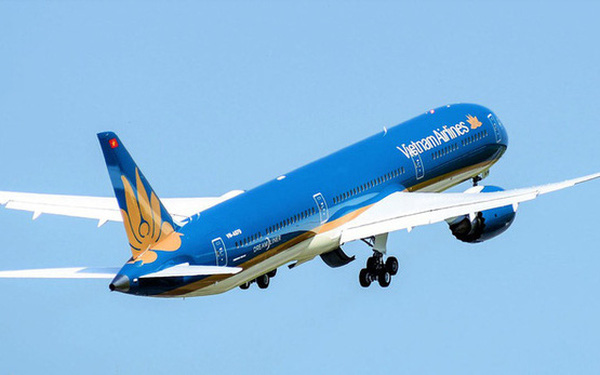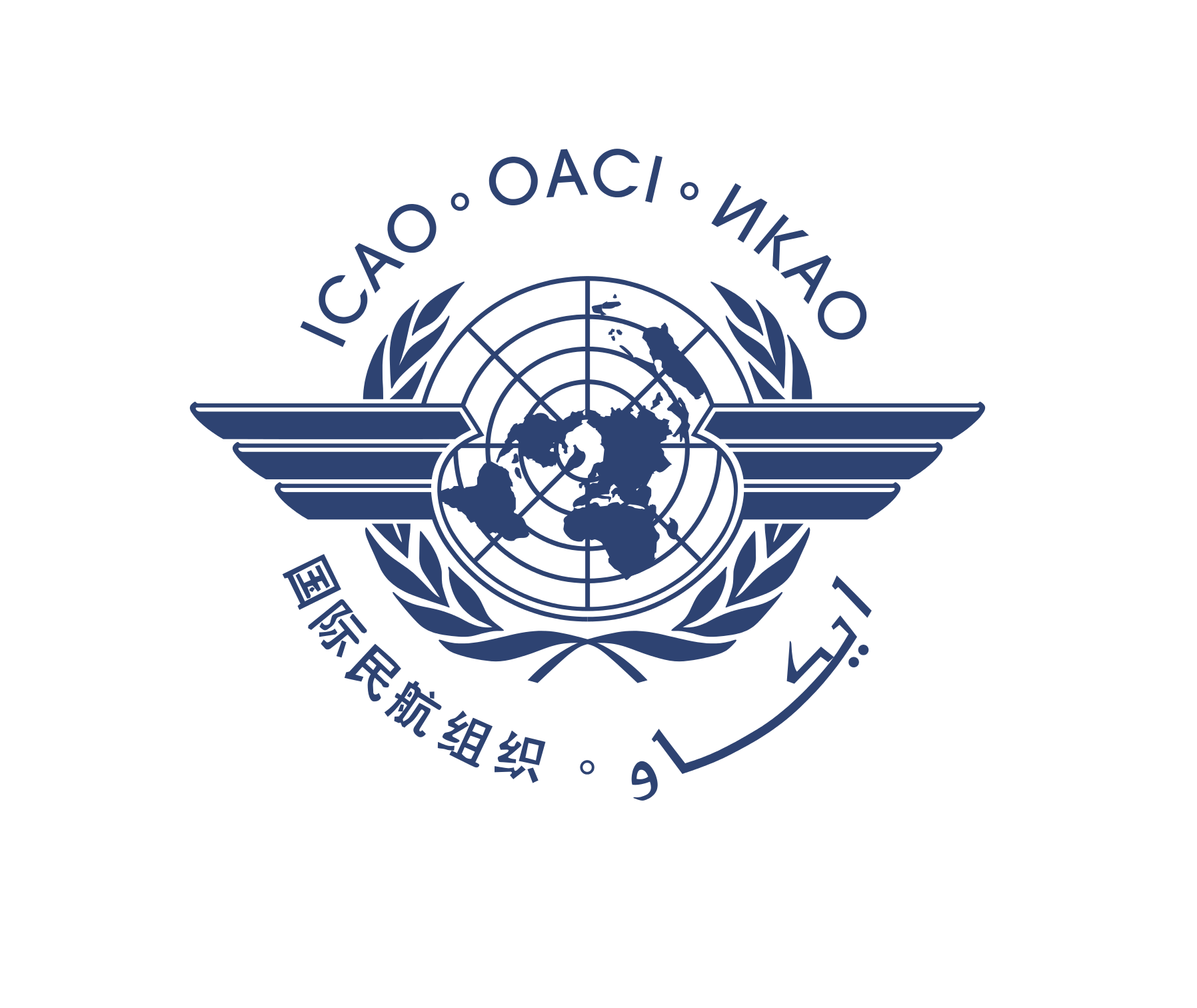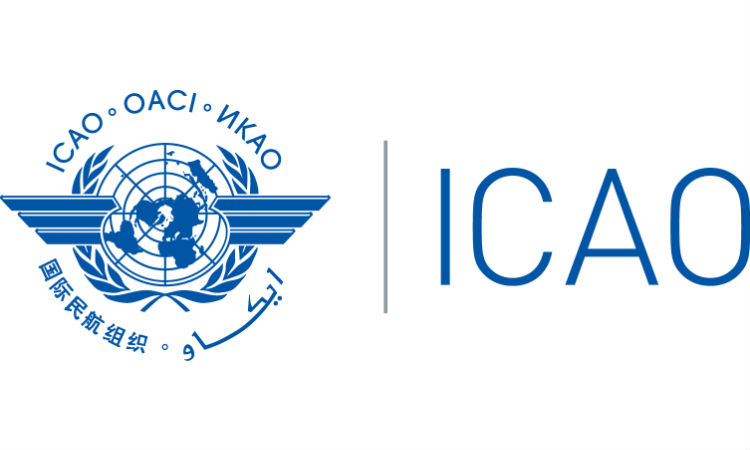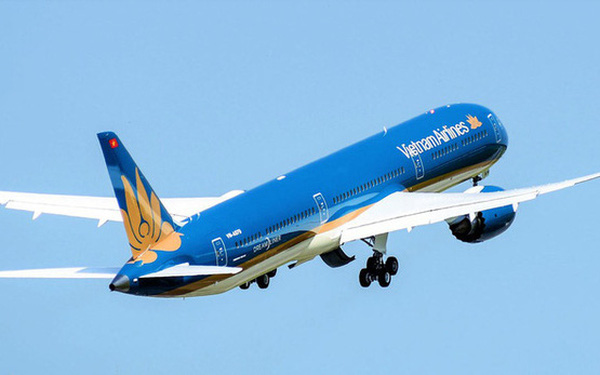03 methods to identify the flight of an aircraft operator in Vietnam
This is the notable content in Circular 22/2020/TT-BGTVT of the Ministry of Transport of Vietnam regulating the management of fuel consumption and CO2 emissions from aircraft in civil aviation operation, issued on September 28, 2020.

03 methods to identify the flight of an aircraft operator in Vietnam (Illustrative image)
To be specific, Article 4 of Circular 22/2020/TT-BGTVT stipulates that an aircraft operator identifies its flights in one of the following ways:
Method 1: By International Civil Aviation Organization (ICAO) Designator
Method 2: By Aircraft Registration Number
- In the event that a flight cannot be identified by ICAO Designator or Aircraft Registration Number, that flight is determined to belong to the aircraft owner. In this case, the aircraft owner is considered the aircraft operator. The aircraft owner must provide all necessary information to identify the flight of the aircraft operator when required.
- In case of aircraft leasing including the crew, if a flight is operated under the lessee’s ICAO Designator, the obligations related to fuel consumption and CO2 emissions of the flight are recognized for the lessee.
- In case of code-sharing flights, the emissions of different airlines are allocated to the aircraft operator with the ICAO Designator in the Air Traffic Management (ATM) flight plan.
Method 3: Identifying an aircraft operator of a country
- An aircraft operator under the jurisdiction of a country must be identified by ICAO Designator, Air Operator Certificate (AOC), and legal registration location.
- When an aircraft operator changes its ICAO Designator, AOC, or legal registration location to a new country without establishing a new company or subsidiary, this new country becomes the overseeing country of the aircraft operator for the subsequent phase.
- Two aircraft operators are considered a single entity if one aircraft operator is a wholly-owned subsidiary of the other and both are legally registered within the same country, and this country is the overseeing country.
- Treating several aircraft operators as a single entity does not apply when the aircraft operator is wholly-owned by a parent company that is not an aircraft operator.
- When two aircraft operators are considered a single entity, their CO2 emissions are aggregated to calculate this entity's offsetting requirements. Complete information and verification records must be provided in the aircraft operator’s Fuel Monitoring Plan to prove that the subsidiary is wholly-owned by the parent company.
For more details, see Circular 22/2020/TT-BGTVT, effective from January 1, 2021.
Le Vy
- Number of deputy directors of departments in Vietnam in accordance with Decree 45/2025/ND-CP
- Cases ineligible for pardon in Vietnam in 2025
- Decree 50/2025 amending Decree 151/2017 on the management of public assets in Vietnam
- Circular 07/2025 amending Circular 02/2022 on the Law on Environmental Protection in Vietnam
- Adjustment to the organizational structure of the Ministry of Health of Vietnam: Certain agencies are no longer listed in the organizational structure
- Vietnam aims to welcome 22-23 million international tourists in Vietnam in 2025
-

- Vietnam: Principles of collecting membership fees ...
- 12:09, 10/07/2024
-

- Vietnam: Regulations on the preparation, approval ...
- 12:09, 10/07/2024
-

- CO2 Emissions Report from Aircraft Must Be Submitted ...
- 14:08, 30/09/2020
-

- Notable new policies of Vietnam effective as of ...
- 16:26, 11/04/2025
-
.Medium.png)
- Notable documents of Vietnam in the previous week ...
- 16:21, 11/04/2025
-
.Medium.png)
- Notable documents of Vietnam in the previous week ...
- 16:11, 02/04/2025
-
.Medium.png)
- Notable new policies of Vietnam to be effective ...
- 16:04, 02/04/2025
-
.Medium.png)
- Notable new policies of Vietnam effective from ...
- 14:51, 21/03/2025
 Article table of contents
Article table of contents
